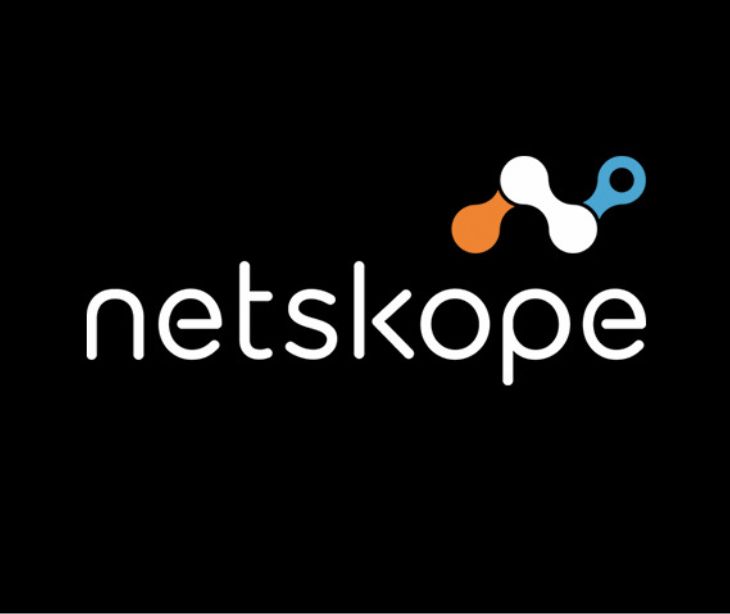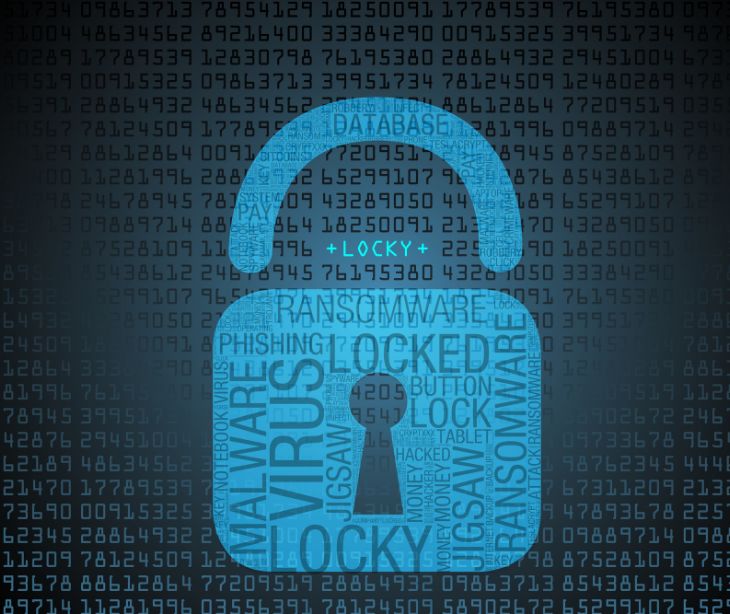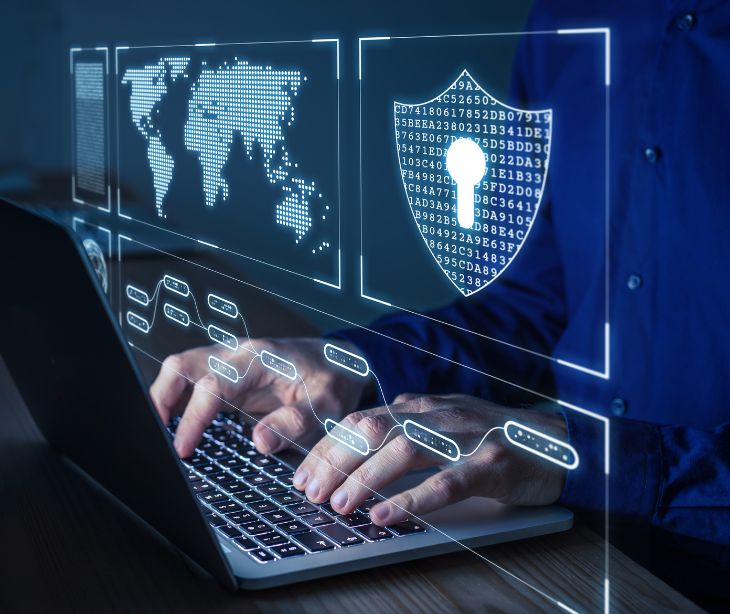
Netskope Threat Labs' comprehensive research and analysis serve as a valuable resource for understanding emerging threats and implementing effective security measures. This research points out a concerning trend: the healthcare industry was among the top sectors besieged by mega breaches in 2023, during which over one million records were stolen.
The current cyber threat landscape
Ransomware attacks
Ransomware attacks continue to pose a threat to organizations worldwide. Cybercriminals employ various tactics, such as phishing emails and exploit kits, to gain unauthorized access to systems and encrypt data. The Netskope Threat Labs Report indicates a surge in ransomware attacks targeting healthcare institutions, government agencies, and financial organizations.
Advanced persistent threats
Sophisticated APTs orchestrated by nation-state actors present a grave concern for organizations. These cyber espionage campaigns try to infiltrate target networks, gather sensitive information, and potentially disrupt infrastructure. Netskope Threat Labs' research enlightens on the techniques employed by APT groups, including spear-phishing, watering hole attacks, and supply chain compromises.
Cloud security and shadow IT risks
As organizations increasingly embrace cloud services, ensuring the security of cloud environments becomes paramount. The Netskope Threat Labs Report shows the risks associated with shadow IT, where employees use unauthorized cloud applications, potentially exposing sensitive data.
Read also: Cyberattacks on the healthcare sector
Emerging threats on the horizon
IoT vulnerabilities and botnets
The proliferation of Internet of Things (IoT) devices introduces new attack vectors for cybercriminals. Netskope Threat Labs' research reveals the growing prevalence of IoT botnets, which harness compromised IoT devices to launch large-scale distributed denial-of-service (DDoS) attacks.
Mobile malware and phishing attacks
Mobile devices have become integral to our daily lives, making them an attractive target for cybercriminals. The Netskope Threat Labs Report shows the rising threat of mobile malware and phishing attacks targeting smartphones and tablets. These attacks exploit vulnerabilities in mobile operating systems and social engineering techniques to compromise user data.
Insider threats and data exfiltration
Insider threats pose a risk to organizations as malicious insiders can exploit their privileged access to compromise sensitive data. The Netskope Threat Labs Report focuses on implementing identity and access management (IAM) controls, monitoring user activity, and conducting regular security awareness training to mitigate insider threats effectively.
See also: Types of cyber threats
Netskope’s recommendations for effective cybersecurity
Implement a defense-in-depth strategy
To combat the evolving threat landscape, organizations must adopt a defense-in-depth strategy that combines multiple layers of security controls. This includes network firewalls, intrusion detection systems, endpoint protection, and secure web gateways. Regular security assessments and audits should also be conducted to identify vulnerabilities and ensure compliance with industry regulations.
Embrace next-generation endpoint protection
Traditional antivirus solutions are no longer sufficient to protect against sophisticated threats. Organizations should consider adopting next-generation endpoint protection solutions that use advanced technologies like machine learning and behavioral analysis to detect and prevent malware and other malicious activities.
Invest in threat intelligence and information sharing
Staying informed about the latest threats is necessary for organizations to defend against cyber attacks proactively. Subscribing to threat intelligence services and participating in industry information-sharing initiatives can provide valuable insights into emerging threats, enabling organizations to enhance their security strategies.
Educate employees on cybersecurity best practices
Organizations must prioritize employee training and awareness programs to educate staff about the importance of strong passwords, safe browsing habits, and identifying phishing attempts. Regularly testing employees' cybersecurity knowledge through simulated phishing exercises can also help reinforce best practices.
In the news
Over the last few months, Paubox has extensively covered a series of ransom attacks impacting hospitals, with a focus on the rising trend of double extortion tactics. Of particular note is the recent and most significant attack on Change Healthcare, where the RansomHub group claimed possession of 4TB of stolen data, employing a double extortion strategy by threatening to make the data public unless a ransom was paid. This incident has depicted the escalating threat posed by cybercriminals using multifaceted extortion tactics to exploit vulnerabilities within healthcare organizations and extract substantial ransom payments.
Read more: Nationwide pharmacy delays following Change Healthcare hack
FAQs
What is a cyberattack?
A cyberattack is deliberately exploiting computer systems, technology-dependent enterprises, and networks. It involves unauthorized access, disruption, or theft of information from a targeted system or network.
How do cyber attacks impact healthcare operations and patient care?
- On average, cyberattacks take healthcare organizations offline for six hours, with smaller hospitals commonly being offline for 9 hours or more.
- 95% of identity theft happens because of stolen healthcare records.
What are the consequences of cyberattacks on healthcare organizations?
- 20% of hospitals that experienced a cyber attack reported an increase in patient mortality.
- Ransomware is the most disruptive type of attack that leads to the most operational delays.
- 90% of healthcare organizations reported a loss in revenue after a cyber attack.
See also: HIPAA Compliant Email: The Definitive Guide
Subscribe to Paubox Weekly
Every Friday we'll bring you the most important news from Paubox. Our aim is to make you smarter, faster.




